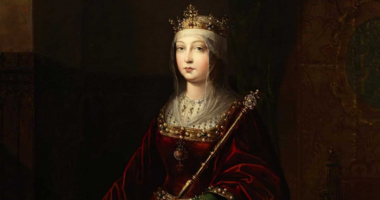Top 10 Interesting Facts about Davy Crockett
Others refer to him as a national hero. Others describe him as the most recognizable politician and soldier to ever represent the state of Tennessee. In either ... read more...case, there is no denying the late Davy Crockett's historical significance. Despite his lowly beginnings, he would later develop into the man who helped Texas win its independence from Mexico and saved numerous lives at the Alamo. There are 10 interesting facts about Davy Crockett that you might not be familiar with. Shall we get started?
-
At age 13, Crockett's father made arrangements for him to attend a nearby school, which marked the start of his brief formal schooling. The frontiersman subsequently recalled his experience in his book, writing, "I attended four days and had just begun to learn my letters a little when I had an awful falling out with one of the scholars, a boy considerably larger and older than myself." After class, the bully was eventually attacked by the strong-willed Crockett, who dealt him a brutal thrashing.
One of the most interesting facts about Davy Crockett is that he stopped going to school out of fear of being punished for his deeds, even though his parents were not aware of this. But his father quickly found out about his disappearance. Young Davy ran into the woods and set out on his own when the elder Crockett confronted him and attempted to lash him. With a group of cattle drovers, he departed Tennessee and eventually traveled for two and a half years while working as a teamster, farmhand, and apprentice hat maker. When Crockett did, in 1802, he had "been gone so long, and had grown so much, that the family did not at first know me," he later recounted.
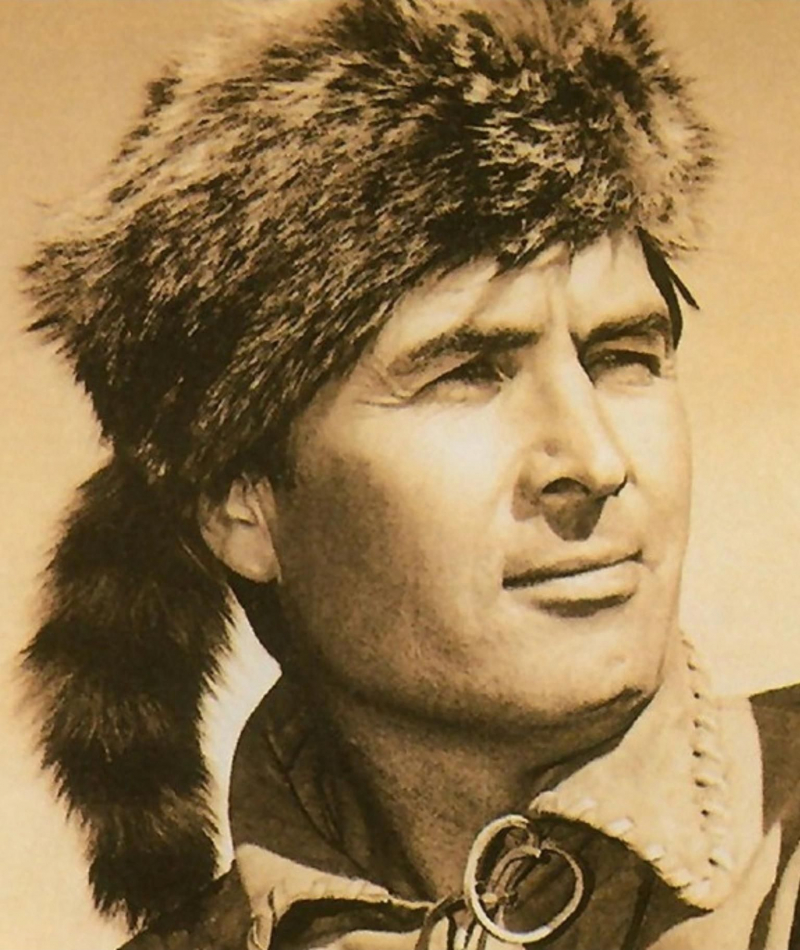
Photo: https://real-life-heroes.fandom.com/ 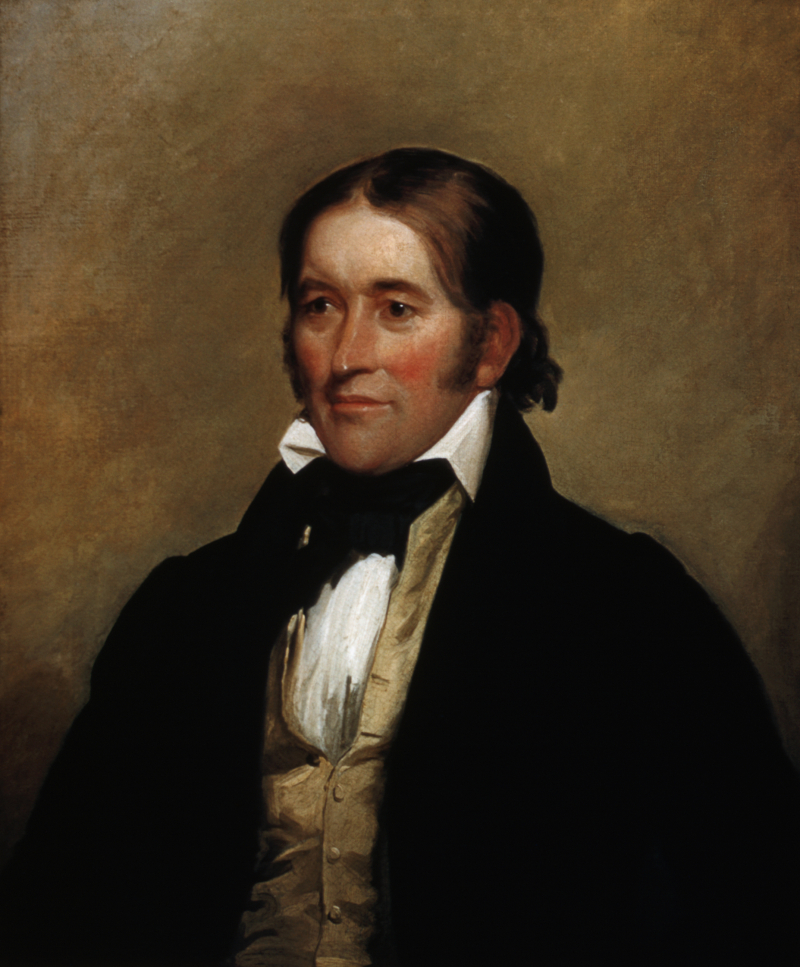
Photo: https://en.wikipedia.org/ -
Davy learned the customs of the frontier while still a teenager. He quickly developed his hunting and survival skills. John Crockett hired Davy to work for the person he owed money to when he encountered one of his many debts.
Davy would practice his shooting there while borrowing a firearm. He was a great hunter because of this and his proficiency with wild animal capture. He was primarily renowned as a skilled bear hunter. He devoted a large portion of his life to pursuing black bears in Tennessee's woodlands and making money off of their pelts, flesh, and oil. He even asserted that he had killed 105 of the beasts over seven months in the winter of 1825–1826. Later, Crockett's love of hunting dangerous game and the stories he told about it played a significant role in elevating him to the status of a frontier hero. He once killed a bear in total darkness by stabbing it in the heart with a butcher knife, according to a commonly told tale.
Crockett tried his hand at a variety of occupations, including farming and the production of wood barrels and gunpowder, but professional hunting was where he found the most success. His ability to shoot accurately would ultimately be crucial to his position in the military.
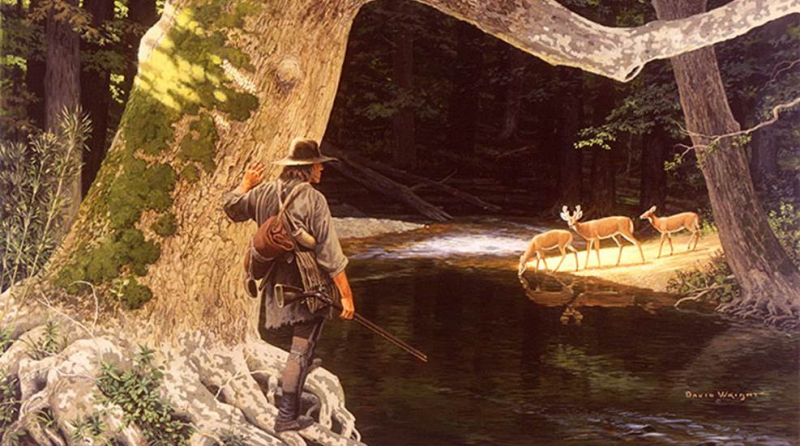
Photo: https://www.americanhunter.org/ 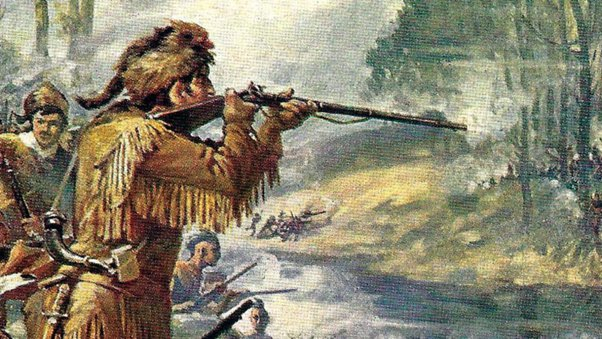
Photo: https://www.quora.com/ -
Crockett separated from his family on September 20 and enlisted as a scout for a 90-day trial period. Crockett frequently went on wild game hunts for the army and thought that was a better fit for him than slaughtering Creek warriors.
Thousands of Tennesseans enlisted in the state militia in 1813, including a 27-year-old Crockett, to battle against the "Red Sticks," a group of Creek Indians who had assaulted American settlers at Fort Mims, Alabama. Crockett worked as a scout and a hunter during most of the Creek War, but he was also present when future president Andrew Jackson, who was then the militia chief of Tennessee, led his soldiers in the massacre of about 200 Red Sticks at the Creek hamlet of Tallushatchee. Later, during Jackson's War of 1812 operation in Spanish Florida, Crockett served as a sergeant. Due to their days of delay and primary concentration being food foraging, Crockett's men missed out on most of the main action. In December, Crockett went back to his house. He hired a young guy to complete the remaining portion of his service because he was still in the military reserve position until March 1815.
The future president of the United States, Andrew Jackson, served as Davy's indirect commander throughout this conflict. Davy would soon disagree with the majority of Jackson's policies, even though they had once served in the military together.
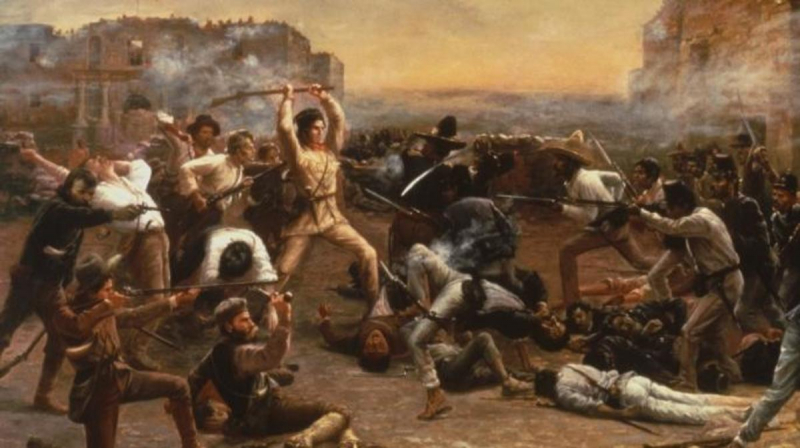
Photo: https://www.history.com/ 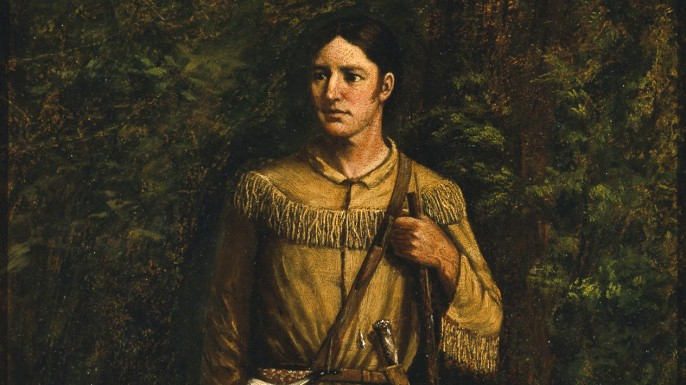
Photo: https://pastlanetravels.com/ -
Crockett was elected to the first of three non-consecutive terms in the United States House of Representatives in 1826 after having previously served in the Tennessee legislature. Davy had already established himself as a guy opposed to the unfair treatment of the less fortunate after holding several governmental roles. The US president at the time, Andrew Jackson, passed a law in 1830 that gave him the power to drive Native Americans from their native territories in the country's east. To an Indian region assigned to the west of the Mississippi River, they were to relocate. The majority of Americans supported this measure, notwithstanding Davy's vocal opposition to it and the complaints of the aboriginal tribes. Therefore, all efforts to defeat the Act were fruitless. In the end, the Native Americans were driven from their original homes.
While he immediately rose to fame for his down-home demeanor and support of the underprivileged, his incisive tongue also made him several political foes. Crockett had grown bored in Washington and was frequently absent from his duties by the time of his final election failure in 1835, which was largely a result of his dispute with Jackson. In actuality, he didn't succeed in passing a single bill throughout his six years in Congress.
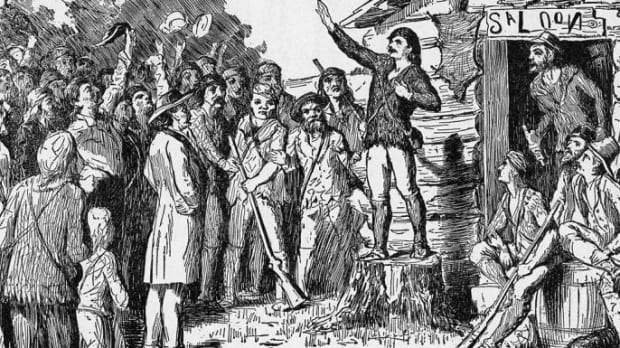
Photo: https://www.history.com/ 
Photo: https://avoiceinamerica.wordpress.com/ -
Davy Crockett built a powder mill, a grist mill, and a distillery in Lawrence County along the banks of Shoal Creek. Unfortunately for him, a Tennessee River flood devastated Crockett's businesses less than two weeks after he was elected to the General Assembly in 1821. Robert Patton, the father of Elizabeth, gave Crockett a deed to 800 acres of land in Carroll County in November. Crockett moved his family to the remaining land on the Obion River, which was in Carroll County until the boundaries were changed in 1825, transferring it to Gibson County, after selling off most of the land to help pay off his debts.
The tragedy of this loss, according to common opinion, is what motivated him to relocate to West Tennessee. He started his legislative career there. The David Crockett State Park presently occupies the space where these shops formerly stood. It is one of Lawrenceburg's most visited attractions.
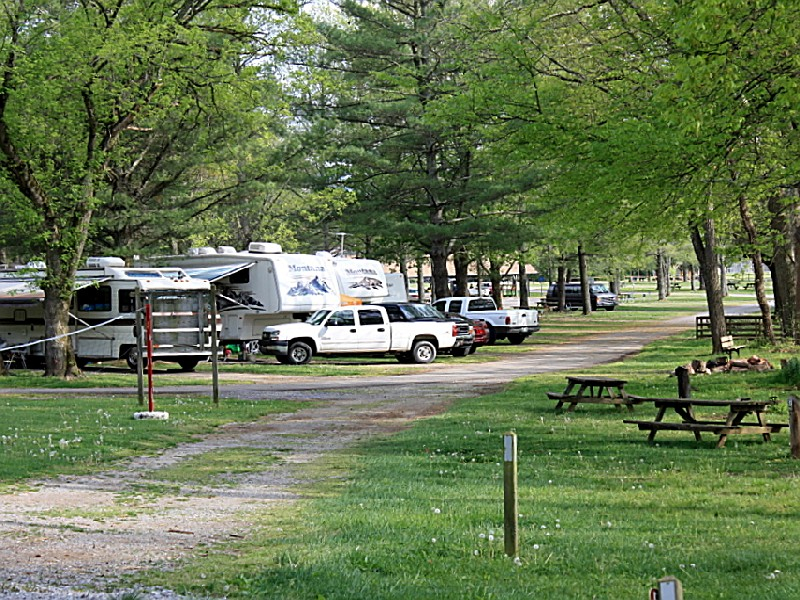
The David Crockett State Park - Photo: https://stateparks.com/ 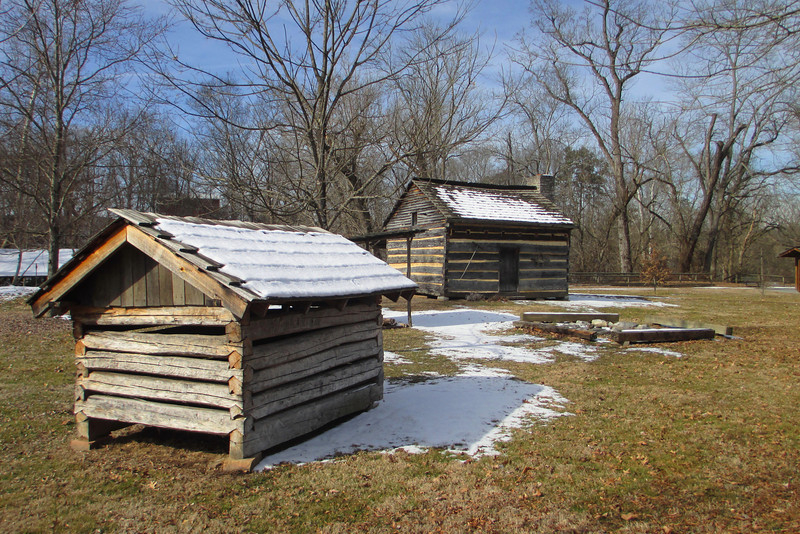
David Crockett Birthplace State Park - Photo: https://www.dwhike.com/ -
Davy decided to leave the US Congress when he failed to win the election that would have allowed him to serve a fourth term. His resistance to the administration of President Andrew Jackson was a crucial factor in his defeat.
Crockett reportedly told his former constituents, "You may all go to hell and I will go to Texas," when he withdrew from politics and drifted west in 1835. He departed Tennessee that November and arrived in Texas the following January with a small group of followers. His reasons for enlisting in the Texas Revolution were murky; it's possible that he had an eye on a future political position. Nevertheless, he signed an oath to the Republic and consented to use force against Mexico just a few days after his arrival. The 49-year-old had arrived in San Antonio de Bexar by early February and had accepted a position at the Alamo, a former Franciscan mission. Just a few days later, on March 6, 1836, Santa Anna and his Mexican forces surrounded the Alamo and broke through its outer walls. Crockett and about 200 other defenders perished in the ensuing conflict.
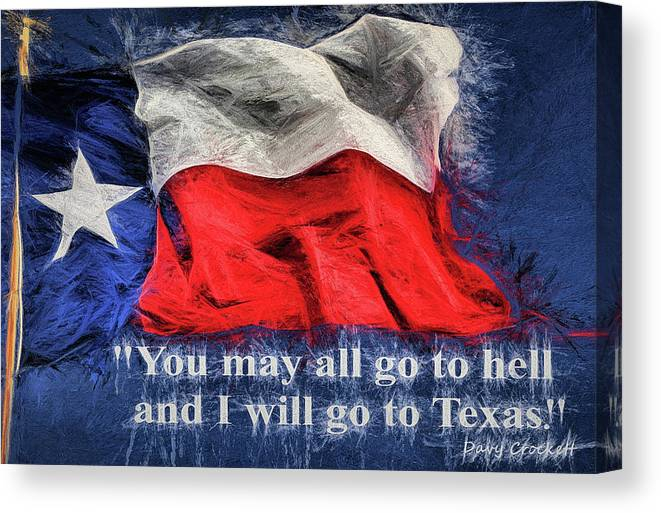
Photo: https://fineartamerica.com/ 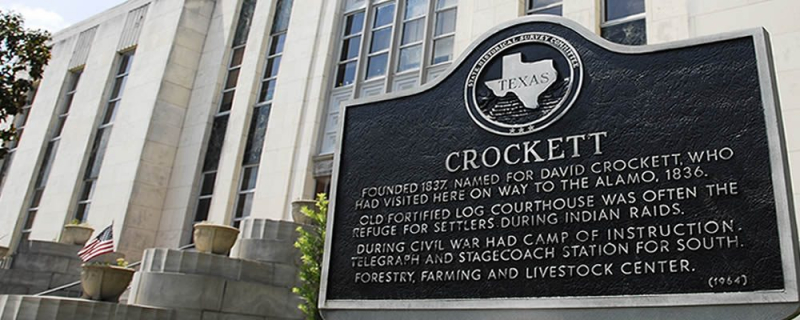
Photo: https://crocketttexas.org/ -
Despite their divergent political views, Crockett is renowned for saving Andrew Jackson from an assassination attempt. This is one of the most interesting facts about Davy Crockett. Politicians gathered in the Capitol Building on January 30, 1835, for the funeral of Representative Warren Davis of South Carolina. Onlookers noted that it was one of the rare instances that might bring the fiercest of political opponents side by side on amicable terms. It was a gloomy, foggy day.
After the burial, Richard Lawrence, an unemployed painter, approached Jackson as he was leaving the East Portico. Jackson was hit by Lawrence's bullet after he took a Derringer handgun out of his jacket and fired. The cap did fire, but the bullet did not go off.
Jackson charged his would-be assassin as Lawrence pulled out a second weapon. "Give me a break! Let me be alone, he yelled. "I recognize the source of this." Then he used his cane to try to beat the attacker. When Lawrence pulled the trigger on his second shot, it also went wrong.
Lawrence was quickly subdued by Navy Lieutenant Thomas Gedney and Davy Crockett, who also hustled the president to a carriage so he could be driven to the White House. Later tests revealed that both of Lawrence's two firearms were fully operational and properly loaded.
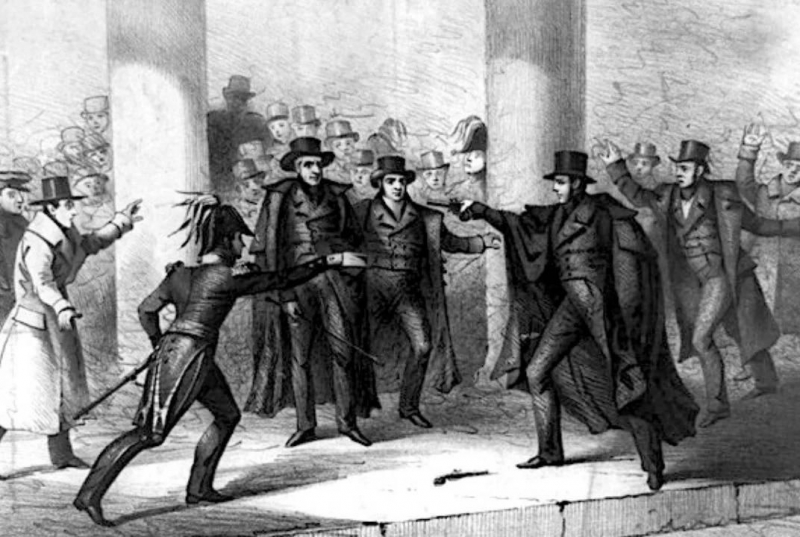
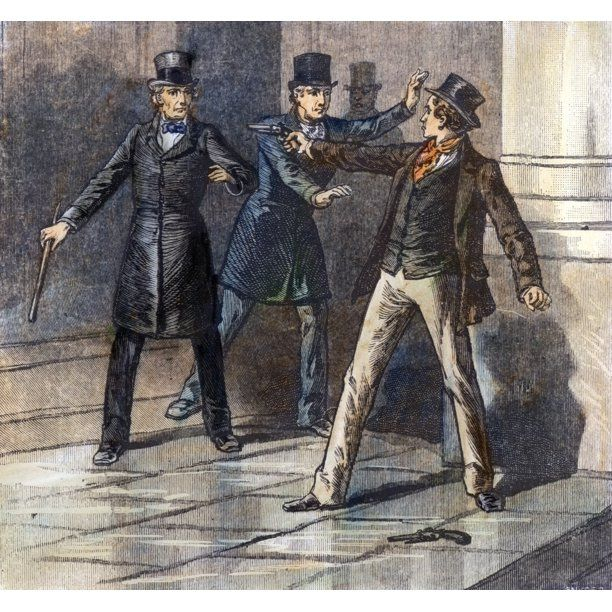
Photo: https://www.walmart.com/ -
There has long been a historical discussion about the circumstances surrounding Crockett's death at the Alamo. The widely accepted narrative surrounding Crockett's demise in American culture depicts a valiant final struggle and is supported by some factual data. For instance, a former African-American slave named Ben claimed that Crockett's body was discovered in the barracks surrounded by "no less than sixteen Mexican corpses," with Crockett's dagger buried in one of them. Ben had served as the cook for one of Santa Anna's officers.
However, historical data contradicts the widely accepted belief. A different story was found in the notebook of a Mexican officer called Jose Enrique de la Peña in 1975. Crockett and a few other Alamo defenders, according to Peña's account, managed to survive the conflict and were taken by the Mexicans, but they were murdered by Santa Anna practically right away. While the matter remains disputed, many researchers today agree that the Peña diary may represent the most authentic account of Crockett’s death. According to historians, de la Peña most certainly saw or heard about the executions of the Alamo survivors.
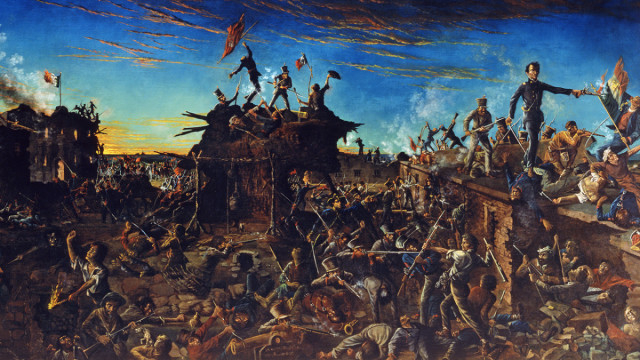
Photo: https://www.themeateater.com/ 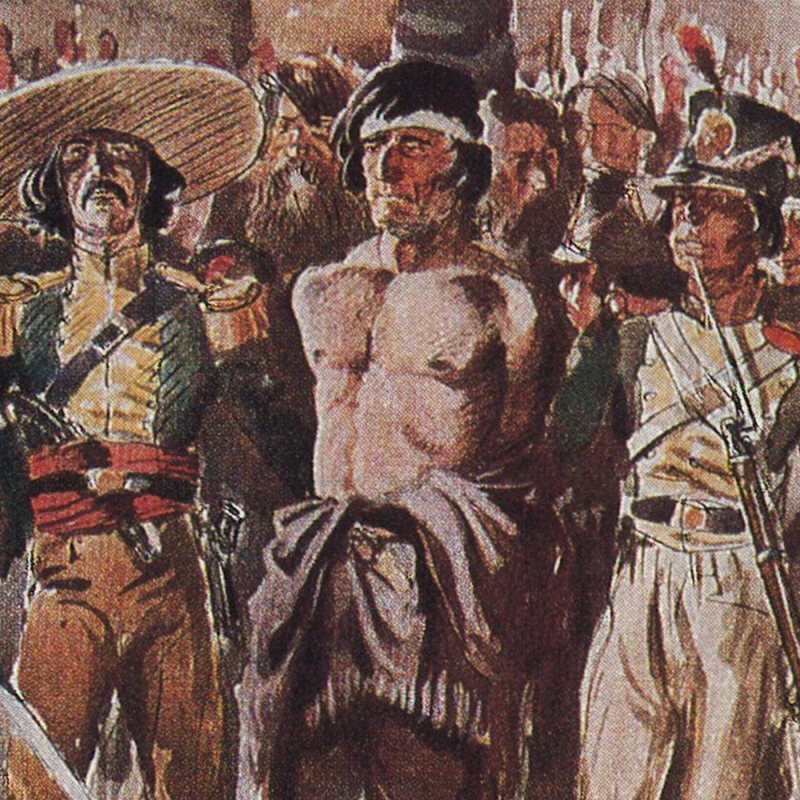
Photo: https://www.texasmonthly.com/ -
The tales of Davy Crockett have been adapted into popular culture, which is considered one of the most interesting facts about Davy Crockett. Davy Crockett, a television miniseries created by Walt Disney based on Crockett's stories, aired on Walt Disney's Disneyland in 1954 and 1955. Fess Parker's portrayal of Crockett sporting a coonskin cap and the tune "The Ballad of Davy Crockett" were both popularized by the series. A full-length movie for cinemas was created from the first three episodes of the series. The French animation firm Studios Animage produced another rendition of the Crockett tales. Davy Crockett was another name for the animated program, which aired in 1994.
Crockett owes a lot to "The Lion of the West", a hugely famous play that debuted in 1831, for his status as a coonskin-cap-wearing folk hero. Although Crockett was not mentioned by name in the play, viewers quickly realized that he served as the model for Nimrod Wildfire, the production's dashing frontiersman hero. As a result of the performance, Crockett became a national celebrity, and soon, accounts of his extraordinary adventures could be found in many newspaper stories, atlases, and unofficial biographies. By releasing "A Narrative of the Life of David Crockett of the State of Tennessee" in 1834, Crockett would eventually dispel some of the rumors and capitalize on his notoriety.
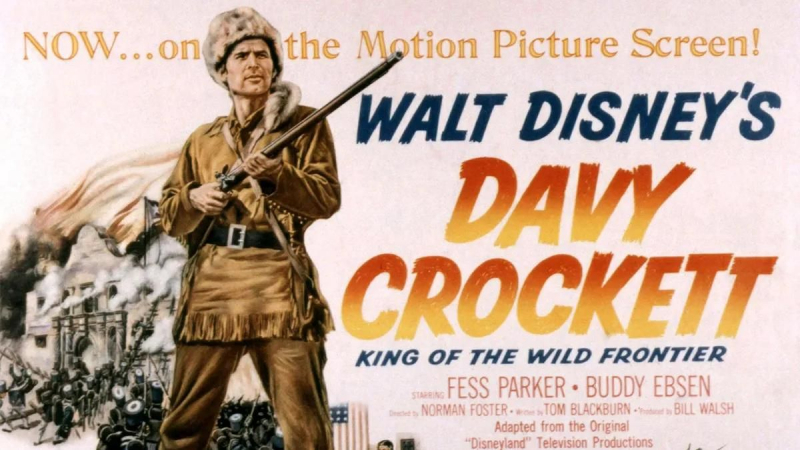
Photo: https://history.howstuffworks.com/ 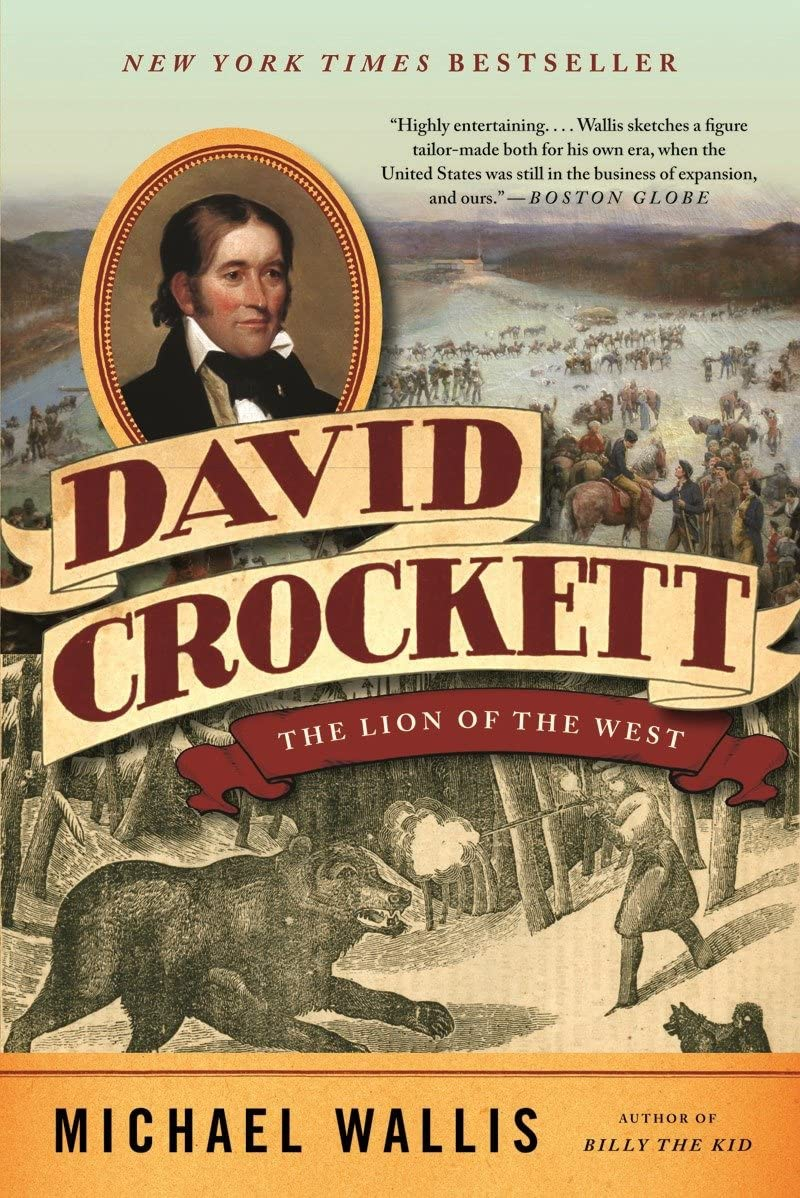
Photo: https://www.amazon.com/ -
At a wedding celebration in Tennessee in the early 1800s, the future folk hero Davy Crockett met and fell in love with Margaret Elder. They became engaged, and on October 21, 1805, the Jefferson County Courthouse drafted a marriage contract for the couple. However, Margaret Elder eventually came up with a new strategy. After meeting another man, she left Crockett and their unused marriage license behind and eloped with him.
Surprisingly, 200 years later, a visitor by the name of Margaret Smith brought in the exact marriage license to be valued during the 2005 Antiques Roadshow tour to Tampa, Florida. She claimed to have obtained the document from her uncle Harry, who had kept it from being disposed of during his time in the 1930s as a Jefferson County court employee.
The Crockett marriage license had to be returned by Margaret, who was 87 at the time, after Tennessee officials who had seen the show sought it on January 26, 2006, just days after the first Tampa edition of ROADSHOW had aired. The county sued her on February 27, 2006, asserting that she had violated Tennessee law by possessing a "protected public document."
On November 19, 2009, the case was ultimately resolved in court, and five days later, it was decided that the Crockett marriage license did meet the criteria for "Jefferson County historical record" status and had to be promptly returned. On February 19, 2010, Margaret was ordered to turn over the document after an unsuccessful appeal.
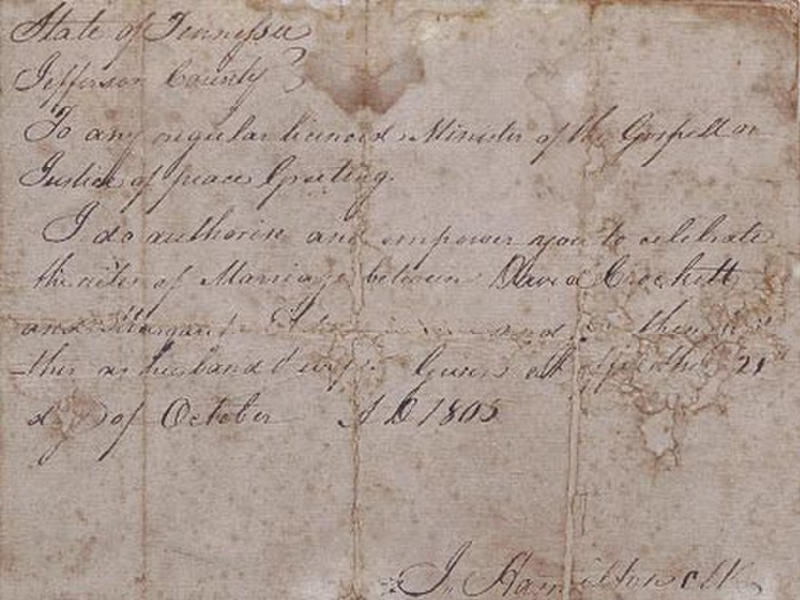
Photo: https://thereaderwiki.com/ 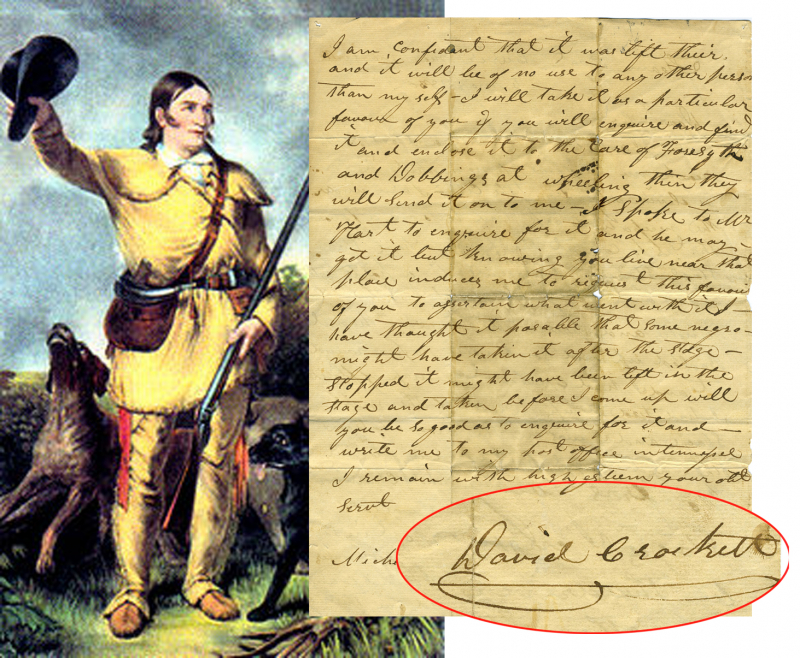
Photo: https://auction.universityarchives.com/






























